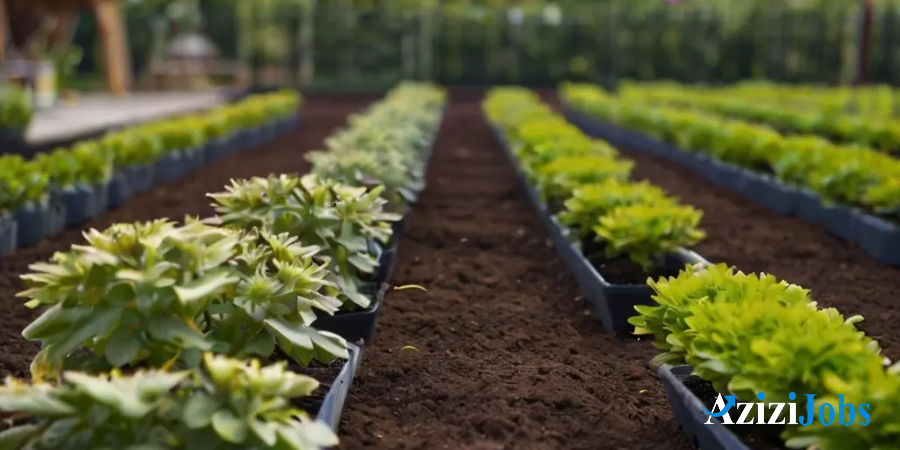-

How Do Gardening Zones Work
To successfully grow and cultivate plants, one must have a solid understanding of gardening zones. Known by another name, hardiness zones, gardening zones are geographic areas based on climate that gardeners can use to identify the plants that will grow best in their particular climate. Now let's explore gardening zones and why any gardener needs to know how and why they function.
Demystifying Gardening ZonesGardening zones are typically divided based on temperature ranges and climatic conditions. The United States Department of Agriculture (USDA) developed the USDA Plant Hardiness Zone Map, which divides North America into 13 zones based on average annual minimum winter temperatures. Each zone is further divided into subzones to provide more precise information.
How Gardening Zones Benefit Gardeners
- Plant Selection: By knowing your gardening zone, you can select plants that are well-suited to your specific climate, ensuring they have the best chance of thriving in your garden.
- Seasonal Planning: Understanding your gardening zone helps you plan your planting schedule effectively, taking into account frost dates and seasonal variations in temperature.
- Optimal Growth Conditions: Plants that are suitable for your gardening zone are more likely to grow vigorously and produce abundant blooms or fruits, leading to a successful garden
Determining Your Gardening Zone
- USDA Plant Hardiness Zone Map: The USDA map is a valuable resource for determining your gardening zone based on your location's average winter temperatures.
- Online Tools and Apps: Various online tools and mobile apps can help you quickly identify your gardening zone by entering your zip code or location.
- Consulting Local Experts: Local nurseries, extension offices, or experienced gardeners in your area can provide insights into the specific gardening conditions in your region.
Tips for Gardening Success within Your Zone
- Research Plant Requirements: Choose plants that are recommended for your gardening zone to ensure they receive the necessary sunlight, water, and temperature conditions.
- Consider Microclimates: Be aware of microclimates within your garden that may create variations in temperature or exposure, affecting plant growth.
- Experiment and Learn: Don't be afraid to experiment with different plant varieties within your zone to discover what thrives best in your specific microclimate.
Embracing Diversity in Gardening Zones
- Native Plants: Consider incorporating native plants into your garden design, as they are well-adapted to your gardening zone and can support local wildlife while requiring minimal maintenance.
- Climate Change Adaptation: With changing climate patterns, it's essential to stay informed about updates to gardening zones and be open to experimenting with new plant varieties that may be better suited to evolving conditions.
- Soil Considerations: Understanding your gardening zone also involves knowing the soil type and pH levels in your area, as these factors play a significant role in plant health and growth
Resources for Gardening Zone Information
- Local Extension Offices: Contact your local agricultural extension office for specific gardening advice tailored to your region, including recommended plant varieties and gardening practices.
- Gardening Books and Websites: Explore gardening books, websites, and forums that provide detailed information on gardening zones, plant hardiness, and tips for successful gardening in different zones.
- Community Engagement: Join local gardening clubs or online communities to connect with fellow gardeners in your zone, exchange ideas, and learn from each other's experiences
Conclusion: Cultivating Success Through Gardening Zones
In conclusion, every gardener looking to design a flourishing and sustainable garden will find that knowing how gardening zones function is an invaluable resource. You can improve the aesthetics and productivity of your garden while preserving the local environment by selecting plants, planning your plantings, and designing your garden according to the guidelines set out by your gardening zone.Accept the variety of plants that grow in your gardening zone, try out new kinds, and keep an eye out for shifts in the weather so you may modify your growing techniques as necessary. Keep in mind that gardening is an educational and exploratory adventure enhanced by the particular qualities of your local area.I hope your gardening efforts bring you happiness, growth, and plenty as you develop a peaceful connection with nature inside
Blog Detail
Home / Blog Detail
Blog Comments
Copyright © 2025 Azizi Jobs.
All Rights Reserved



